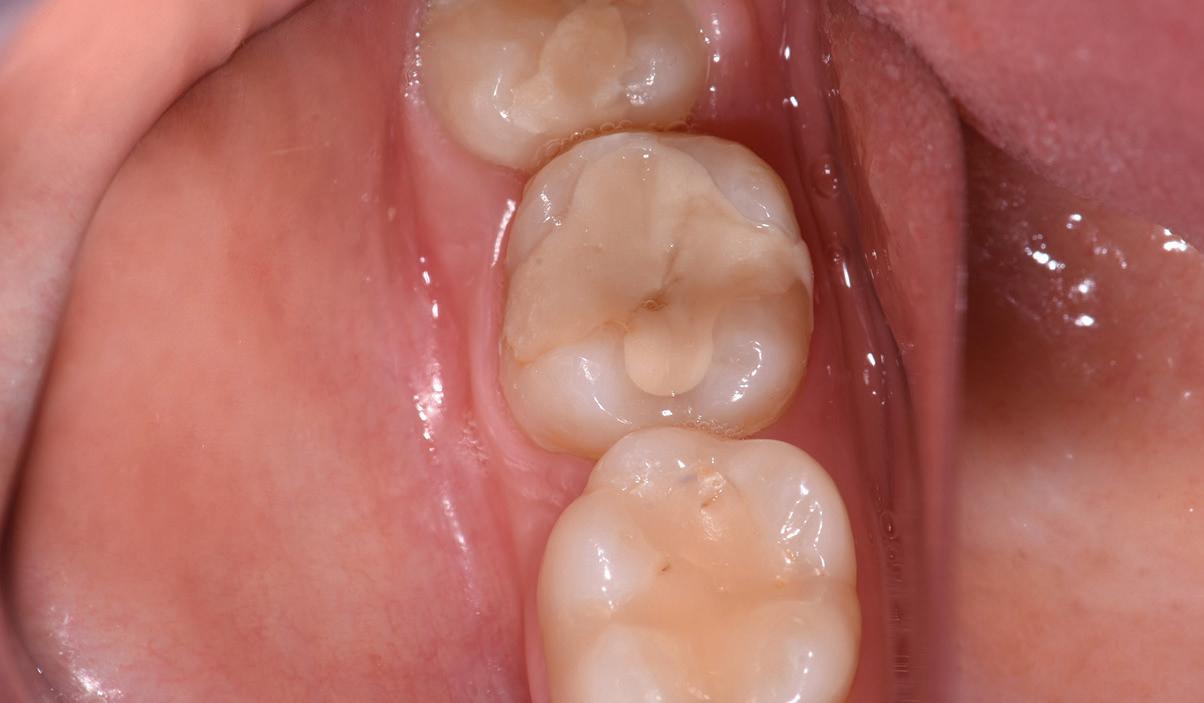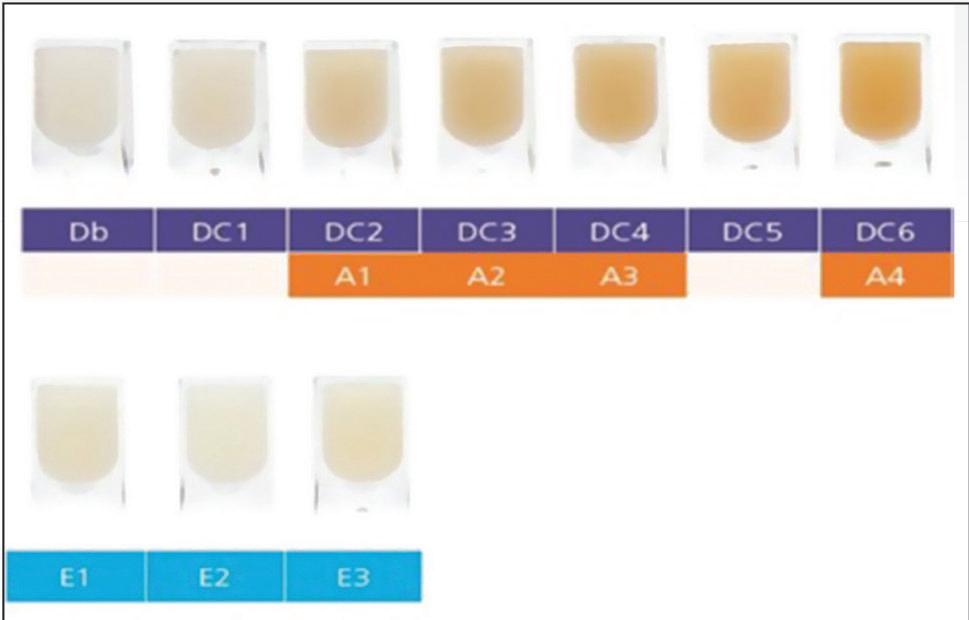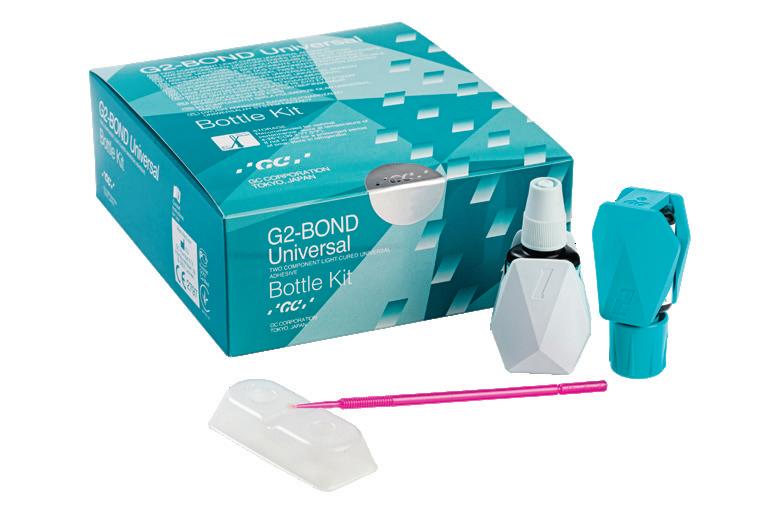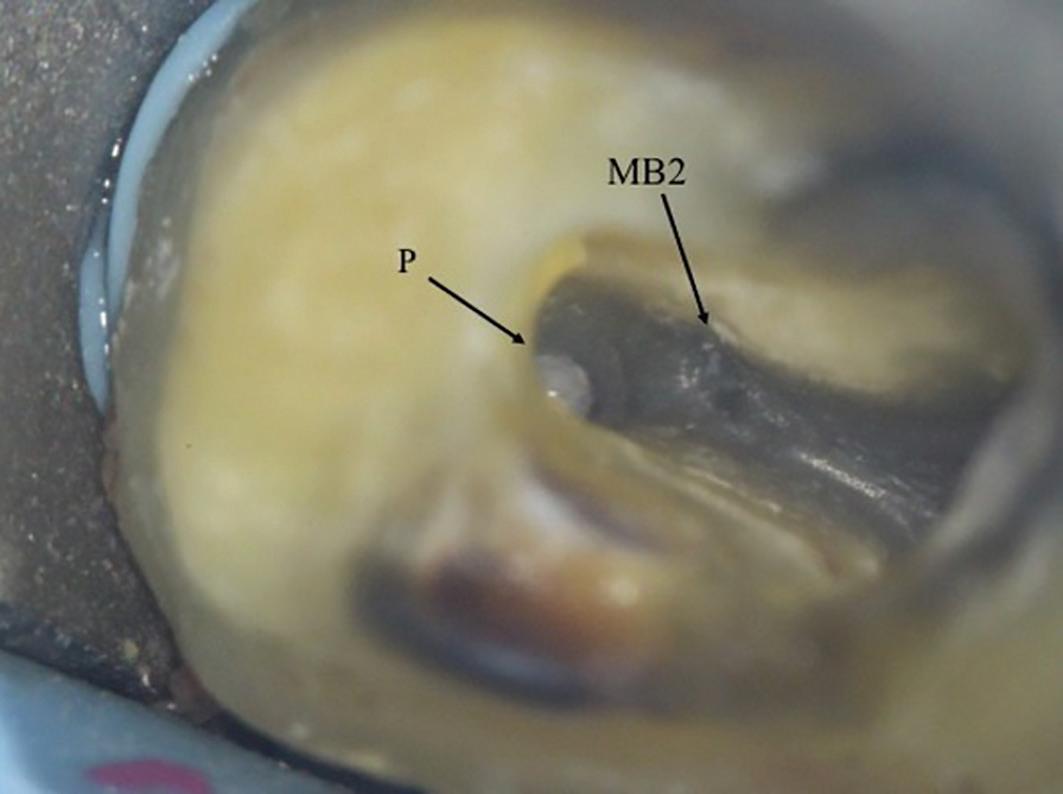VA N Z Y L / S N Y M A N
Figure 5: Surgical stent used to assess ostectomy levels.
Two Stage Crown lengthening The technique of performing a CL in two stages, with ostectomy and osteoplasty done in stage 1 and a gingivectomy, if indicated, in stage 2, is a predictable procedure with a low trauma impact to the patient. The alveolar bone is removed and shaped in the first procedure without any soft tissue removal and after a few months of healing, a second procedure of gingivectomy may be needed if there has not been sufficient gingival recession. The classic procedure of crown lengthening is a single procedure, involving a simultaneous soft tissue contouring (excision) and bone removal (ostectomy). David Garber introduced the two stage crown lengthening in the early 1990’s, describing a procedure where the bone contouring is done in the first procedure and the gingival contouring in a subsequent procedure after a suitable period of healing.28 Removing gingiva (and bone) in one procedure in a perfect aesthetic symmetry is difficult and will harm the patient by
Figure 6: Floss can be cold sterilized and used intra-operative to assess symmetry in bone levels.
reducing vital attached gingiva needed for long-term stability. In the authors’ experience, very few if any patients have enough gingiva to undergo excision during a crown lengthening. It may also prove difficult to achieve a thin feather edge to the marginal gingiva, which gives the most ideal aesthetics, when excising gingival tissue in a one stage procedure. Bone contouring by itself, is a more controlled slow process, where different diamond burs are used to sculpt the bone and finish it in a thin feather edge- which in turn will induce a thin marginal gingival edge. Achieving perfect symmetry with this process is also easier due to the slow controlled removal of tissue whilst allowing measurements using either a periodontal probe, a surgical stent (Figure 5) and floss to do a quick check intra-operatively (Figure 6). Before any periodontal aesthetic surgery for excessive gingival display can be planned, a simple decision-making tree can be utilized to determine the diagnosis and following from that the correct procedure can be selected (Figure 7):
Figure 7: Decision tree for diagnosing excessive gingival display and selecting appropriate treatment.
26 INTERNATIONAL DENTISTRY – AUSTRALASIAN EDITION VOL.16, NO. 1







